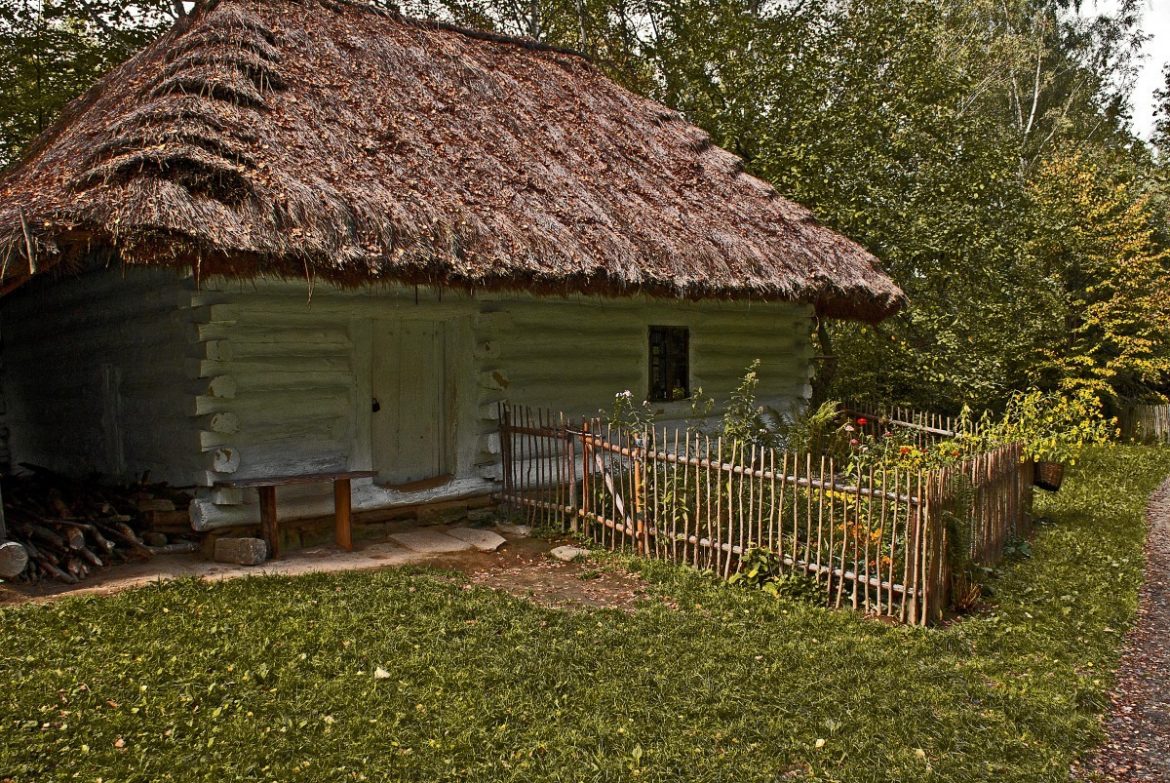A thatched roof is the hallmark of a traditional cottage or country home. The natural fibres not only create a beautiful aesthetic, but they also provide insulation and waterproofing which work together to provide the perfect roof. Here’s some advice to get you started if you’re considering your first thatched roof.
What is Thatching?
Thatching is a very common and old practice in Britain that is typically done using one of three materials, Water Reed, Long Straw or Combed Wheat Reed. These fibres encourage water to run in a downwards direction across the tightly packed thatching, allowing the interior of the building to remain dry throughout the year. Thatching typically lasts between 5 to 8 years if looked after properly, and many companies offer thatching services to repair damaged roofs and leaks if necessary.
How does it Work?
Standard thatching is often done in layers which are commonly known as Courses and these are held in place by Fixings. There are two different types of standard thatched roofs – a single-layered roof, is created when the thatch is attached directly to the roof timbers. The roof is held in place by a Sway which is a long piece of wood or steel that is fixed down by a hooked steel spike.
A multi-layered roof is created when the previous layers of thatch are used as a base to fix the new thatch. The new thatch is held in place by thatching spars which are driven through the new thatch into the old thatch underneath.
A professional thatcher will be able to determine whether a single-layer or a multi-layer fixture is better for your roof depending on its layout.
Benefits of Thatching
There are many benefits to having a thatched roof on a building. Due to the small air pockets created by the thatch, the roof is a natural insulator which will not only provide warmth in the winter but will also keep the building cool in the summer. This not only helps keep your home at a steady temperature throughout the year, it will also do wonders for energy bills.
A thatched roof is also great for those who prefer a less modern aesthetic, as the thatch will begin to weather over time, turning a silvery grey colour that blends in beautifully with a rural backdrop or garden. They’re also easy to clean by using steam, and there are a lot of companies who provide this service at an affordable price.
Finally, thatch is great for the environmentally conscious, as the natural fibres are usually locally sourced and sustainably gathered. Although building a thatched roof is more labour intensive than other roofing options, most of the materials used are environmentally friendly and require far less industrial construction, which benefits local communities.
Final thoughts…
A thatched roof can look great on a variety of homes and buildings, especially for those who live in a rural area and are looking for a more fitting aesthetic. There are plenty of professionals out there who will be able to fit and service your roof over the years as you grow to love and cherish your new thatched roof.


